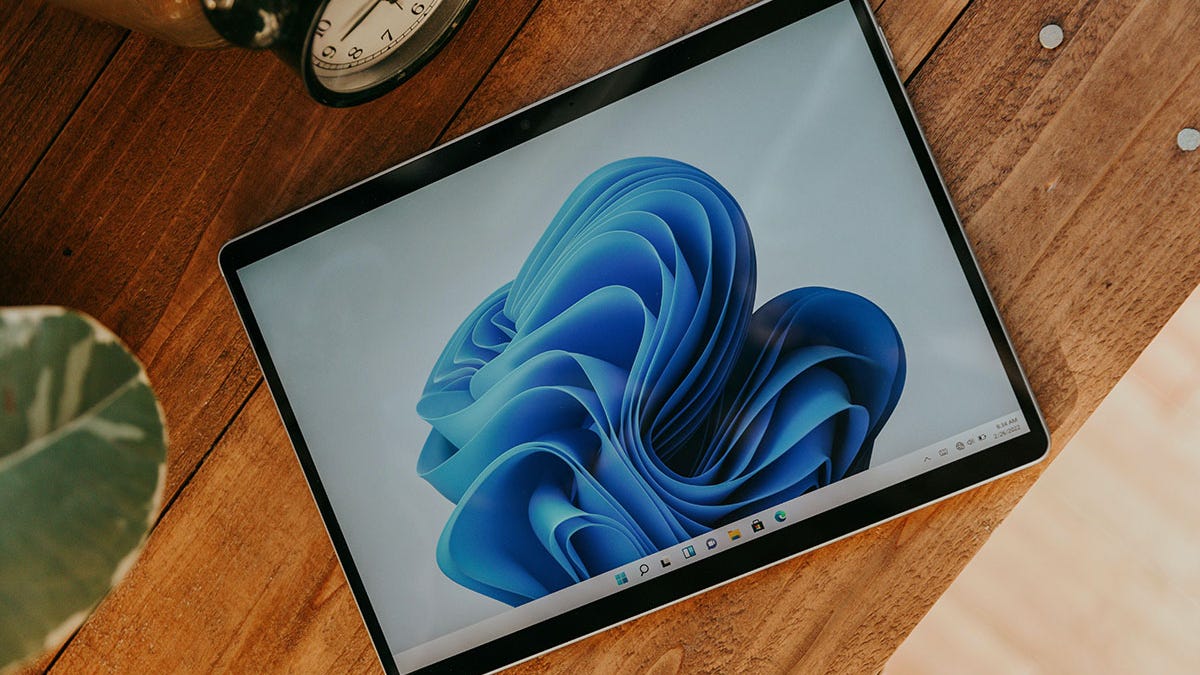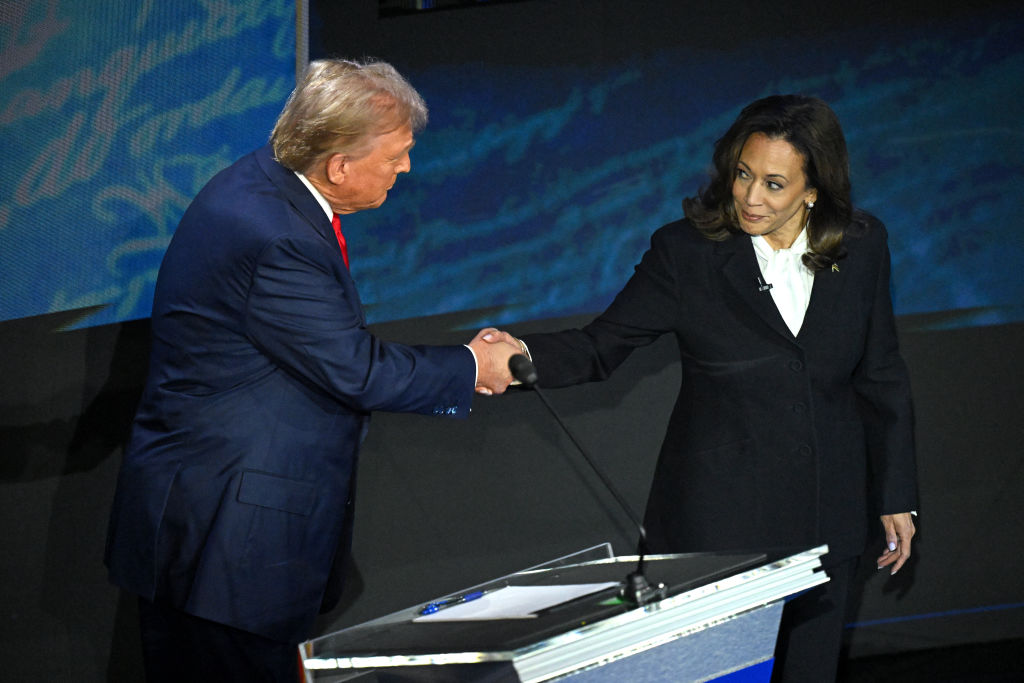You couldn’t have 2020s America—and the half-witted half-decade of Trump that preceded it—without the 1990s. Newt Gingrich walked so that Donald Trump could run. The Brooks Brothers’ Riot (okay, it happened in November of 2000, but you get the idea) was the Oxford-cloth precursor to the fur-lined, horned-hat insurrection of January 6, 2020. Everything that happened in the weird, wild, horrible, sexually repressed decade(s) we are living in now were stage-set in the weird, wild, manic, sex-charged 1990s.
You can’t understand the polarized power dynamics of 2020s Washington without understanding the culture-war standoffs (Family Values! Dan Quayle vs. Murphy Brown! Don’t Ask, Don’t Tell!) that defined politics in the 1990s. The Trump impeachments are merely another chapter in our country’s fraught relationship with impeachments. Obviously, having an affair in the West Wing with a White House intern is not the same as trying to overthrow American democracy. But in both cases, the congressional mechanism for punishment was the same. And so many of the wheels of American democracy that failed to hold Trump accountable for his numerous crimes were originally perverted for political purposes in the 1990s. You can’t make sense of Trump without first taking a long, hard look at Bush I, Clinton, and Bush II. You can’t understand today’s 24/7, scandal-fueled, online-omniscient media without looking at the tabloid-tinged, innuendo-drenched cable news carnival that shaped it. The past is always prologue. Nothing ever makes sense in a vacuum. History repeats itself; in this case, the first act as farce, the next as tragicomedy.
I think of myself as a ’90s girl. I got sober when I was nineteen years old, on November 2, 1997. And in some ways, I never left that decade. I spent that November in a rehab facility in Minnesota, amid several feet of snow, smoking Parliament Light 100s and drinking coffee and Diet Coke. I wore a North Face parka, used jeans that I had bought downtown, and Free Lance Paris boots. I got stuck at that age—perpetually nineteen—not because it was such a great time in my life. If anything, it was a misery. But that was where my head got stuck. So this book has great resonance. All of the right vibes are in these pages (third-wave feminism, Anita Hill’s courage, Riot Grrrl rage, the connectivity of the Web, new laws against domestic violence, new laws promoting what were then called “same-sex civil unions”). All the wrong vibes are here as well (violent anti-abortion activism and anti-LGBTQ attacks, the online porn boom and bro culture, overmedicated patients and overhyped reality TV) forming a dense web of cautionary tales.
Kurt Andersen writes in the New York Times: “Nostalgia for the era in which you were young is almost inevitable, so people born between 1970 and 1990 feel a natural fetishistic fondness for that decade. But even for the rest of us, the ’90s provoke a unique species of recherche du temps perdu, not mere bittersweet reveling in the passage of time. No, looking back at the final ten years of the twentieth century is grounds for genuine mourning: It was simply the happiest decade of our American lifetimes.”
And for a lot of Americans, the 1990s were the last good time. The 1990s saw the last gasps of American prosperity, before globalization made life much more complicated for the vast majority of the nation. Household income peaked in 1999. Peace and prosperity ruled. It looked like we might finally achieve The End of History. As this book maintains, citing an observation from historian Walter Isaacson: “We coasted through the ’90s with irrational exuberance. Between the fall of the Berlin Wall until the fall of the twin towers, there was nothing unnerving us.”
And what a fall. While the attacks of 9/11 ended the decade with the deadly implosion of a grand citadel of capitalism, the American empire and Western civilization did not buckle—even if they are, today, in grave disarray. (Spoiler alert: History did not end.)
Amid our mourning for these losses, we also mourn the loss of the social fabric that brought us together. In many ways, we were more culturally connected during the 1990s. We watched many of the same television shows, from Bill Clinton blowing the saxophone on Arsenio Hall, to Kim Cattrall’s Samantha blowing one of her pickups on Sex and the City. The idea of watercooler television became an idea. Everyone witnessed the same things at the same time because even though satellite and cable TV were in their infancy, there were an arguably limited number of viewing options. In 1992, Bruce Springsteen underscored this point when he released “57 Channels (And Nothin’ On).” When The Cosby Show ended in 1992, its finale was seen by 44.4 million people. Later that decade, the finale of Seinfeld was viewed by a whopping 76 million. These numbers are many multiples more than the audience who now tune into streaming shows or cable news broadcasts or even presidential speeches and debates. We are more and more fractured—for better and, I would say, for worse.
We also were obliged to watch commercials. Advertisements were cultural experiences because we all had to sit through them. If you skip ahead to chapter 29—the first of two chapters devoted to the discovery and marketing rollout of the decade’s new wonder drug, Viagra—you’ll be reminded that many Americans’ first encounter with the medication came in 1998, in the form of a commercial often aired during football games. As the whole family sat around the TV, they heard the following phrase: “In the rare event of an erection lasting more than four hours, seek immediate medical help.”
Cell phones were relatively new in the 1990s. Since few possessed the ability to send or receive text messages, we had hours to fill, hours in which we did not look at our devices. Instead, we read books, magazines, and newspapers—and discussed them. We talked to one another in person, on telephones, in town, at offices and schools and places of worship. Life in the 1990s moved a lot slower. News had to be printed in newspapers or announced on the radio or broadcast on television. This meant that ideas took longer to permeate, to take shape in the public mind. As this book makes plain: Snap judgments were generally frowned upon; gossip still had a taint to it; shameful actions brought about genuine shame—not an occasion for social media exploitation.
I was eleven when the decade started, born during a patrician, old-school Yalie presidency. I started working in the late 1990s, writing freelance pieces, the articles that filled the spaces between advertisements in women’s magazines. Those magazines, with the exception of Vogue, are gone now, as are all those glossy advertisements. Nothing seems to fill the spaces between tweets or Instagram photos or Facebook posts. There are no gatekeepers anymore, and so we can all be girl bosses if the algorithm blesses us. For worse or, I would say, for better.
I look back on the 1990s with a kind of hazy, nostalgic fondness. I don’t think we were better off then—not by a longshot. But I do think some elements of American life that were lost with the Naughty Nineties were worth saving and, in their absence, are worth celebrating.
There is much to learn from the decade, with all of its scandal and sex, all of its lies and faux reality, all of its sound and fury and digital mayhem—much of it, in hindsight, quite hilarious. Every bit of it is here in the precious pages of David Friend’s epic, witty, insightful book.
We all lived it. Now it’s time to take the bull—oh, was there a lot of bull—by the horns.
Excerpted from THE NAUGHTY NINETIES: The Decade that Unleashed Sex, Lies, and the World Wide Web © 2024 David Friend and reprinted by permission from Grand Central Publishing/Hachette Book Group.






